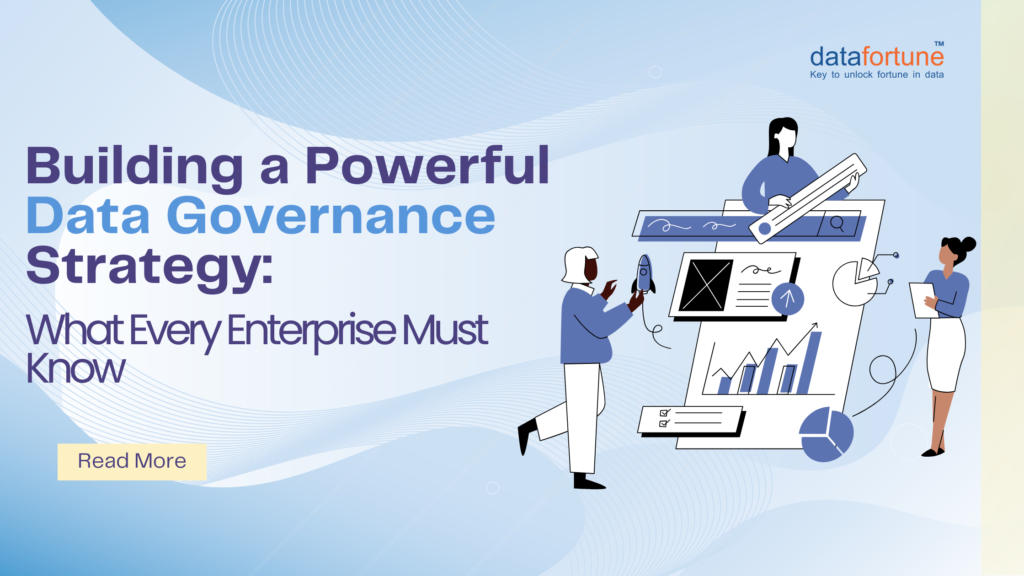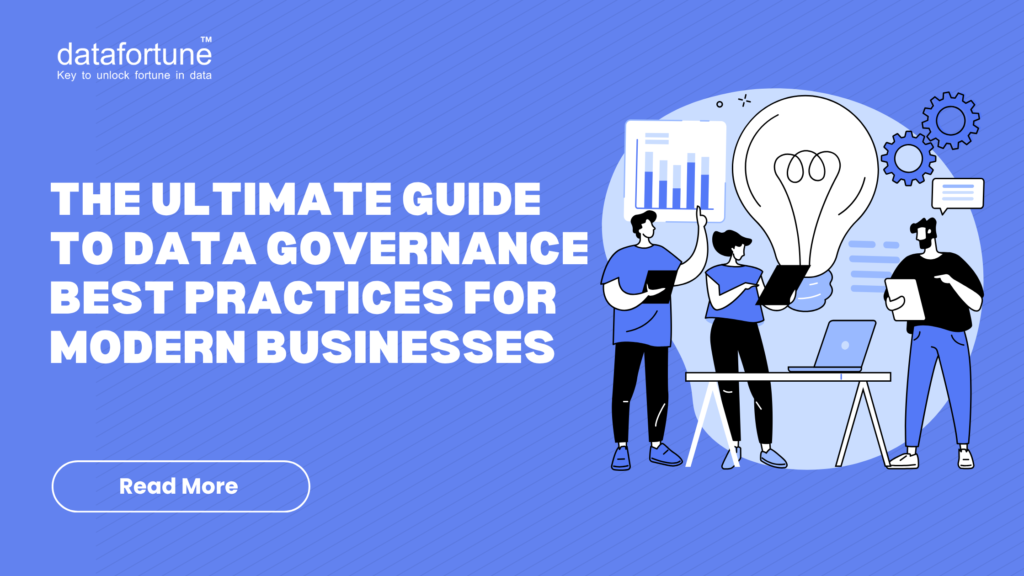The reality is that the data volumes are growing at a rapid pace, and traditional data management approaches just can’t keep up. The European data center market alone is estimated to reach $118.2 billion by 2032, defining how crucial data management has become.
If you want to stay ahead of the curve, learning automation and AI in data management is a necessity. Let’s discuss how these technologies can reshape your business operations and set you up for long-term success.
What is Automation and AI in Data Management?
Automation and AI in data management are nothing but your assistants who help you manage the robust task of managing your business data. They handle everything from gathering and storing data to processing and analyzing it. They’ve evolved over time, which is what makes them even more special. Unlike conventional automated systems, AI actually learns from patterns, smoothly adapts to changes, and can also make decisions on its own. This means less manual work for your team and more precise outcomes across all your data operations.
Here are the 4 main components of AI-driven data management:
- Smart Data Processing
It can process massive amounts of data immediately and spot patterns your team would hardly detect.
- Automated Data Governance
It assists you by being your compliance officer, keeping everything aligned automatically with regulations, and maintaining data quality with minimal human intervention.
- Self-Healing Data Infrastructure
It can also help you fix your system before you even know something’s wrong. This helps in keeping you running swiftly.
- Metadata Intelligence
It serves as the GPS system of your data, helping you understand what’s in your storage and where to find the data when you need it the most.
Key Benefits of Automation and AI in Data Management
Leveraging automation and AI in data management offers several benefits, impacting the bottom line and operational efficiency.
Improved Data Quality and Reliability
AI-powered systems work continuously to keep your data clean and accurate. They can automatically detect and fix errors, duplicate entries, and inconsistencies that could hamper your decision-making process. Businesses utilizing these technologies experience significant improvements in the quality of their data, which directly leads to better business decisions and enhanced strategic planning.
Cost Saving
Automating routine data tasks reduces your operational expenses while boosting productivity. Companies usually save substantial amounts and months of manual labor by choosing automation platforms over building custom solutions from the base. The most important thing is that when your team doesn’t have to perform repetitive tasks such as validation and cleaning, they can concentrate more on strategic work that drives your business forward.
Accelerated Time to Insight
You know that irritating feeling when you need answers quickly but have to wait weeks for your team to crunch the numbers? AI changes that easily. Instead of your team getting buried in spreadsheets for days, these smart systems identify what matters the most in minutes.
Take an example of a healthcare institution. They’ve gone from waiting weeks for analysis to getting reports in hours. This allows them to help patients quicker and make better decisions when it really counts.
Enhanced Compliance and Security
Keeping up with data regulations can feel like chasing a moving target. AI manages all the heavy tasks for you. It can automatically sort through your critical data, decide who gets access to what, and keep track of everything. It can also spot suspicious activity before it becomes a real headache.
Scalability and Adaptability
As your business evolves, your AI systems grow right alongside you. No need to panic about hiring more people or buying expensive tools every time your data volume increases. It can be your ideal solution that stretches with your success.
Leveraging Automation and AI in Data Management
To fully leverage the advantages of these technologies, you need a strategic approach to implementation.
Assess Your Current Data Landscape
Start by taking a complete look at what you’re working with right now. Where are your biggest issues? Maybe it’s poor data quality, time-consuming manual processes, or staying compliant with regulations. Understanding these pain points gives you a roadmap for where AI and automation can make the biggest difference in your operations.
Develop a Clear Strategy with Measurable Goals
Don’t just jump in, hoping for the best. Set particular targets that you can easily measure. Whether you want to lower data preparation time or boost your data quality, make sure these goals are aligned with what your business needs. This will help you know if your investment is paying off.
Implement in Phases
Don’t try to change everything at once. Pick some easy wins first, like automated quality checks, and then build from there. This lets you see results quickly while you work toward bigger transformations that take more time and effort.
Invest in the Right Tools and Technologies
Select technologies that align with your specific needs and integrate well with your existing systems. Key considerations include:
- Data Integration Platforms: Tools that automate the collection and consolidation of data from diverse sources.
- AI-Powered Data Quality Tools: Solutions that automatically identify and resolve data quality issues.
- Metadata Management Systems: Technologies that provide context and lineage for your data assets.
- Automated Governance Frameworks: Tools that enforce policies and ensure compliance automatically.
Emerging Trends in AI-Driven Data Management
Data Fabric Architecture
Organizations today face a significant challenge: their data exists everywhere. Data fabric architecture addresses this by creating a unified framework that connects all your distributed data sources. Think of it as building bridges between isolated data islands, making it easier to access and govern information regardless of where it lives in your infrastructure.
Agentic AI Systems
We’re witnessing the emergence of AI systems that operate independently, making decisions and executing tasks without constant human oversight. These intelligent agents are becoming sophisticated enough to manage complex data operations, from resource allocation to policy enforcement, fundamentally changing how we approach data management.
Real-Time Data Processing
The traditional approach of processing data in batches is giving way to real-time analysis. Organizations now expect immediate insights from their data streams, enabling faster decision-making and more responsive operations across various industries.
Conclusion
Drowning in spreadsheets, seeking hours for missing files, and thinking why data management is such a nightmare, believe me, we all have been there. However, the best part is that automation and AI can save us all. They work as a smart assistant that helps you streamline your precious data.
Businesses not using these tools in the current competitive market are already falling behind. Your costs drop, your decisions get better, compliance becomes stress-free, and suddenly, you can pivot quicker than ever.
Want to experience what automation and AI in data management could look like for you? Contact us, and let us show you exactly how to enhance your data game.



